Rare flooding, described as the worst in 46 years, hit the northwest Saskatchewan this week. High flow is making its way to the Beaver River, affecting the Beauval area.
Overland flooding on the Little Saskatchewan River through Rapid City has affected multiple properties, and road washouts were reported both local and provincial.
"Our road is underwater and breaking up," said Candyce Paul, the incident commander with English River First Antion's emergency management team.
The last time flooding was this bad was in 1974, Paul said, adding that it is possible that some roads may be closed. Saskatchewan Highways also said that floodwaters may force the closure of Highway 165 in the province's north.
"This is something we've been asking the government, 'Are you going to keep this road open? Do you have a plan B'?" she stated.
"By the sounds of it, plan B is we're cut off for three weeks, likely."
Paula noted that this is a big concern, especially amid the coronavirus pandemic where there are limited services in the province's north. Five communities depend on the road to get essentials, she added.
"We don't even have a store here, or at La Plonge, where we can get essentials. We can't get gas here. Our medical services and our mail, all on the other side. The pharmacy's on the other side."
According to the province's Water Safety Agency, water levels are still rising and it could hit its peak in a few days.
"After the peak hits, it's a gradual decrease," said Patrick Boyle with Water Safety Agency. "You'll have high water levels there for probably the next week to 10 days for sure, and then they gradually start to go down."
The flooding was caused by heavy rains in Alberta and northwest Saskatchewan, Boyle added.
Paul also noted that her community may leave a truck on the other side of the water and escort citizens who need to travel to get there.
The ministry, on the other hand, assured that it is monitoring the water levels, has set up barriers, and has put an 8 000 kg (17 600 lbs) weight limit in place.

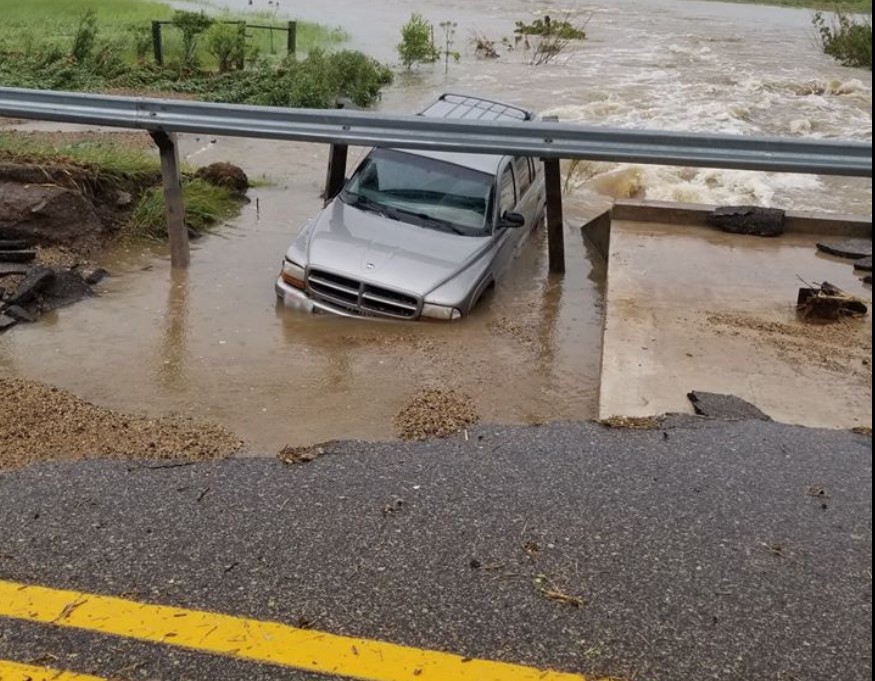
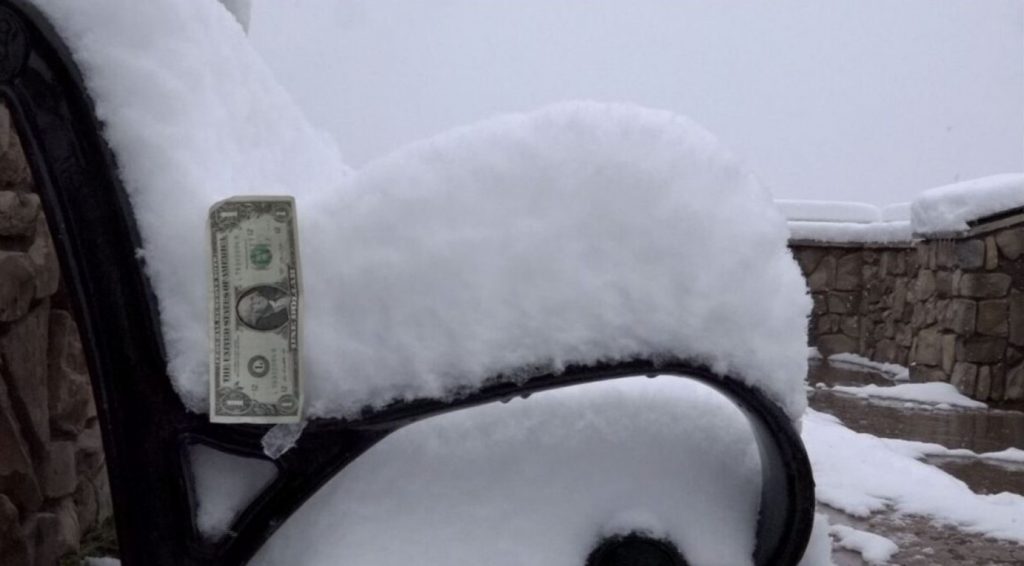



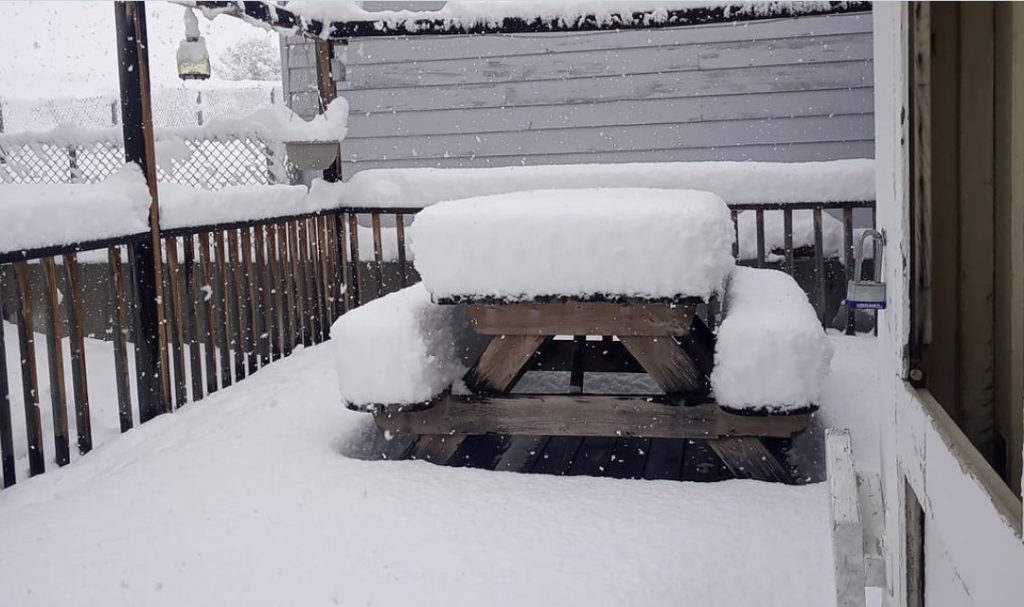

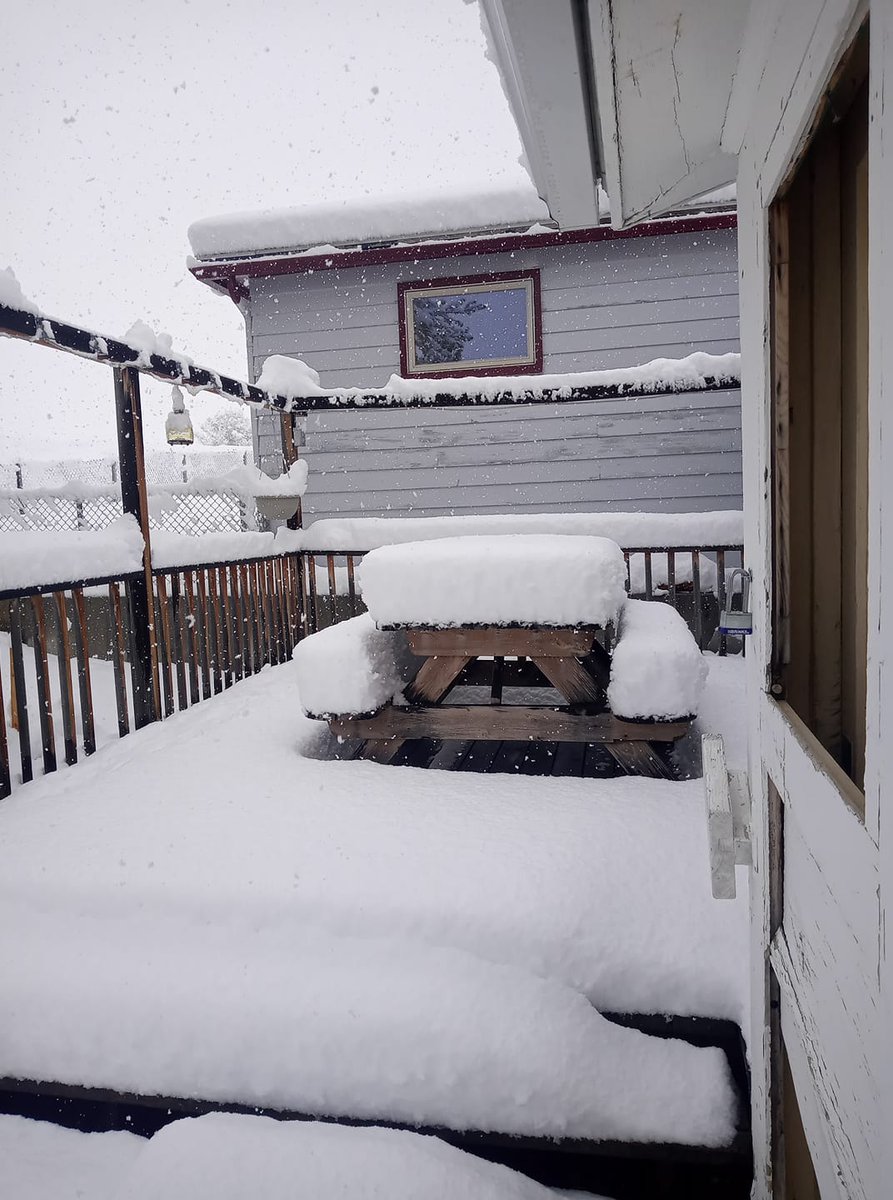

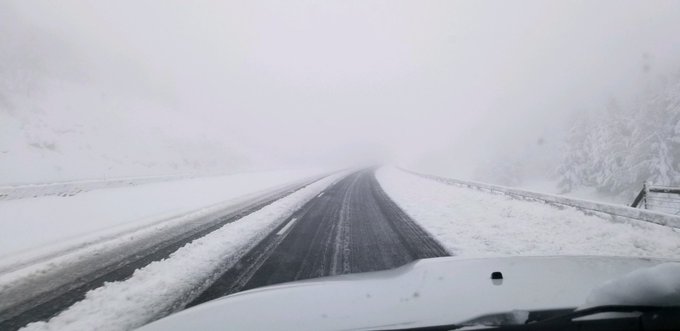
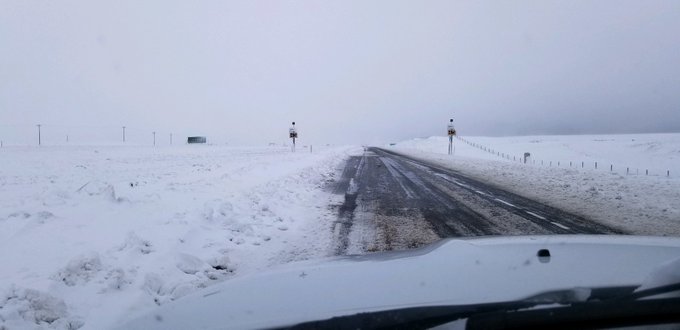

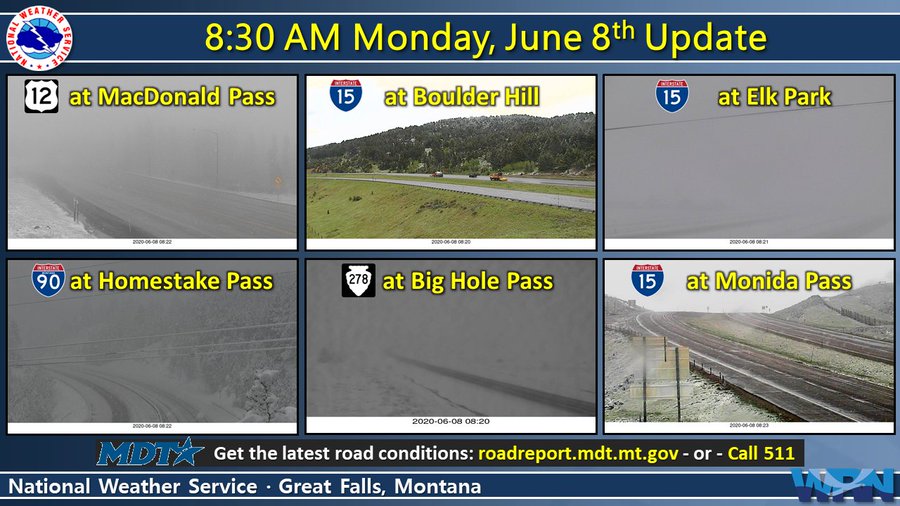
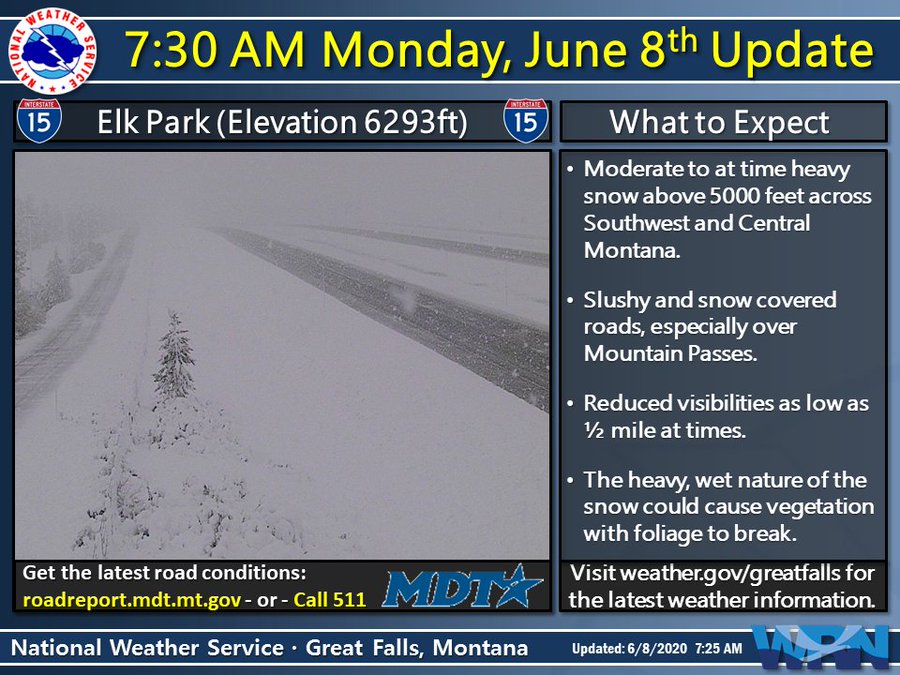

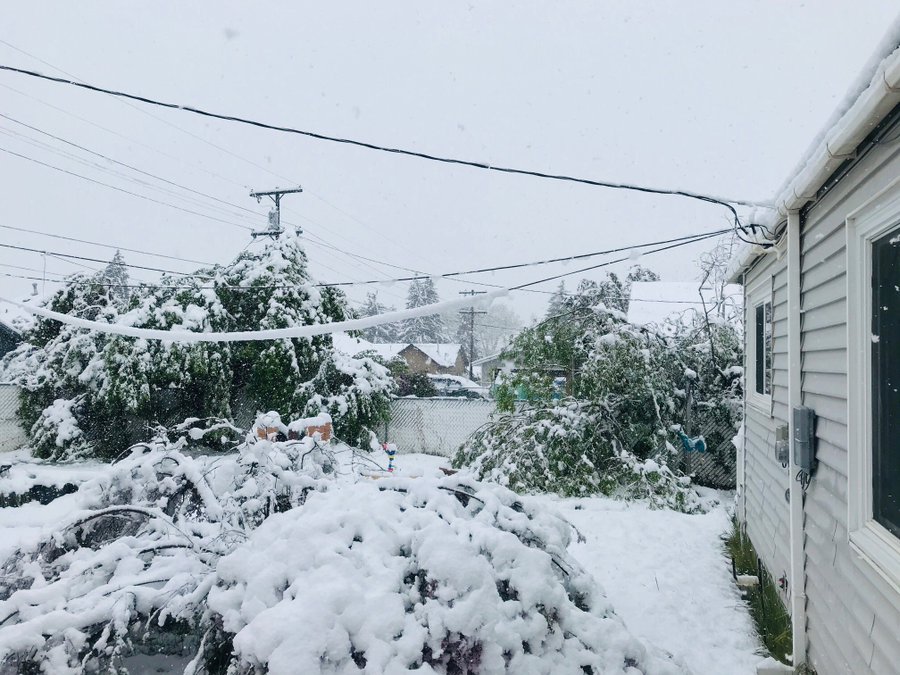

You need to be a member of Earth Changes and the Pole Shift to add comments!
Join Earth Changes and the Pole Shift